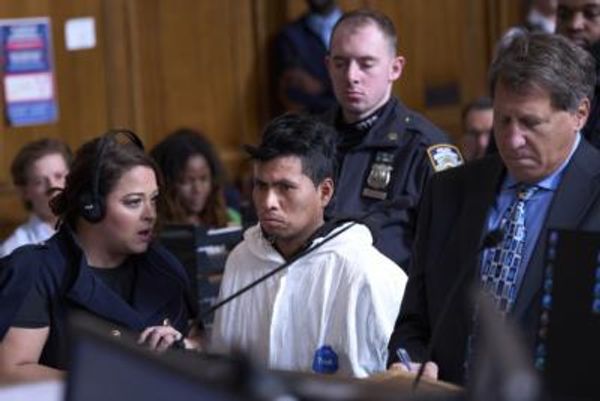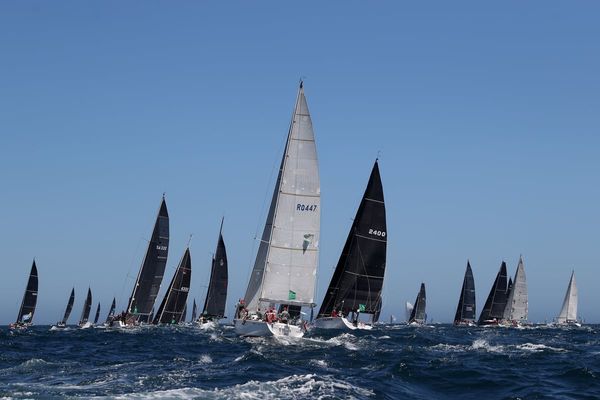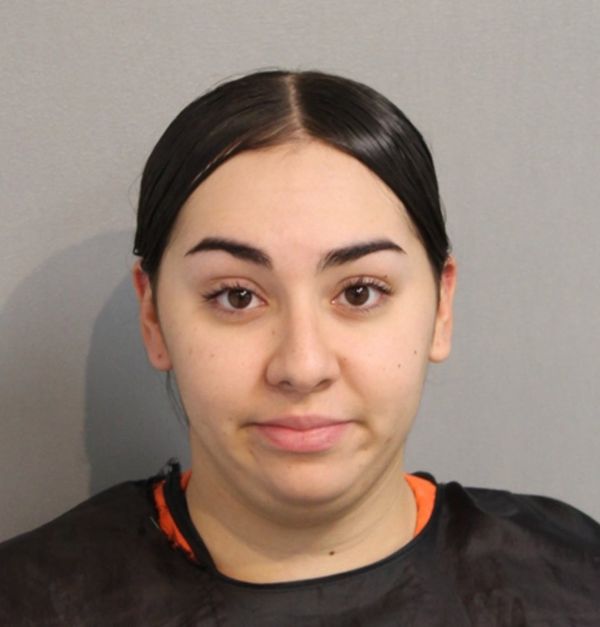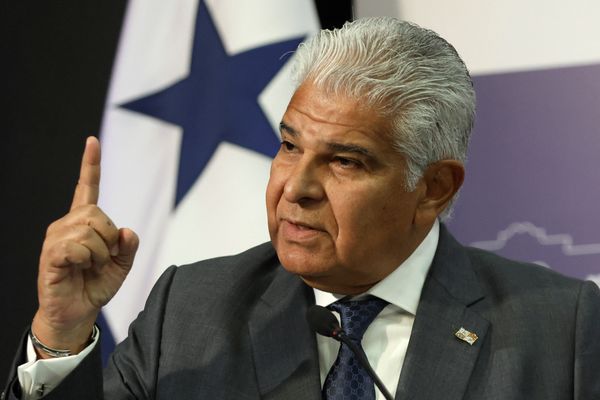
Before Diego Rivera was Mr. Frida Khalo, Frida Khalo was Mrs. Diego Rivera. Throughout the course of their tumultuous relationship, Rivera was one of the most celebrated artists in the world. It would take nearly a half century following her death in 1954 before Khalo was similarly exalted, her fame now far outstripping his.
A jaw-dropping reminder of Rivera’s talent can be seen through the summer of 2023 at the San Francisco Museum of Modern Art. The Marriage of the Artistic Expression of the North and of the South on the Continent, more commonly known as the Pan American Unity mural, is on loan from the City College of San Francisco while its permanent home at CCSF undergoes renovation.
Created for the 1940 Golden Gate International Exposition, the mural is a vivid 10-panel “portable” fresco depicting a past, present and future that the artist believed were shared across North America. Completed with support from local artists and assistants, with scenes of the Bay Area as a backdrop, the mural celebrates the creative spirit through portraits of artists–including Kahlo–artisans, architects and inventors who use art and technology as tools to shape society.
Astonishing as the mural is–22-feet high by 74-feet wide and comprised of ten fresco panels–moving the artwork from CCSF to SFMOMA was nearly as impressive.
Moving Out

This exhibition is the culmination of four years of extensive investigation, research and preparation that brought together the two institutions as well as scientists at the National Autonomous University of Mexico (UNAM), an international team of conservators, Diego Rivera scholars and Atthowe Fine Art Services, a local expert on art moving and rigging. These teams explored the engineering, conservation and scientific requirements for moving such a monumental and fragile work of art.
“Removing the first large panel from the CCSF theater wall was the most anxiety-producing for me,” Michelle Barger, SFMOMA Head of Conservation, told Forbes.com. “Measuring just shy of 15-feet square and only 1 ¼-inch thick, the fragile fresco had to be cut from a 12-foot-thick concrete wall and gently removed from an impossibly snug fit with no room for error.”
Extraction of the first panel by Atthowe Fine Art Services and Sheedy Drayage began in April 2021 and the first panel arrived at the museum May 2.
“All this happened while the panel was blindly suspended by cables threaded through the roof of the building and held by an enormous crane outside,” Barger added.
Weighing over 60,000 pounds and covering nearly 1,800 square feet, the mural had been embedded in the Diego Rivera Theater at CCSF since 1961. The masterpiece was in storage 20 years prior to that.
Truckin’

One obstacle overcome–safely removing the panels from CCSF–the next challenge became getting the enormous panels to SFMOMA seven miles away. Semi-trucks with flatbed trailers was the answer.
Prior to transit, two full-sized replica panels were constructed and subjected to vibration and torque testing in a lab to generate a database of stress impact on the mural. Using this data, researchers created a system of sensors affixed to the mural’s surface which allowed the UNAM team to monitor the panels in real time from the truck cab during the extraction and movement across San Francisco to ensure they were subjected to as little stress as possible.
Trips began at 4:00 AM on Sunday mornings to minimize traffic.
“SFMOMA staff followed in cars on a path predetermined by the city of San Francisco,” Barger said. “Because of the oversized height of the panels and the extremely low truck bed–it was less than a foot from the ground–we had to avoid hills, overhead MUNI bus lines and underpasses because we wouldn’t clear them. Not an easy task in San Francisco! The ride normally takes under 20 minutes by car, but took up to two hours because we had to stay below five miles-per-hour to prevent vibrations from accumulating and becoming damaging.”
Tight Squeeze
Few buildings in the world are spacious enough to accommodate presentation of the artwork. SFMOMA’s street-level Roberts Family Gallery, where the mural can be seen, was purposely designed to display large-scale contemporary art installations. Pan American Unity fits by the skin of its teeth.
“It is just high and wide enough to safely install and display this massive artwork,” Barger said. “You must have a few feet of clearance for the gantry (hoist) system, and we just barely cleared it with inches to spare. Similarly, the largest mural panels just fit inside the mullions (dividers) of a removed glass window panel.”
In the gallery, the mural panels are attached to a steel structure offering both stability and a versatile mounting system, allowing Pan American Unity to be safely moved and displayed again in the future. This system will be replicated when the mural is returned to the new Performing Arts Center at CCSF.
Pan American Unity

“For years I have felt that the real art of the Americas must come as a result of the fusion of the machinism and new creative power of the north with the tradition rooted in the soil of the south, the Toltecs, Tarascans, Mayas, Incas, etc., and would like to choose that as the subject of my mural.” Diego Rivera describing his vision for the project in April 1940.
Pan American Unity features a sweeping panorama of the Bay Area, connecting idealized scenes of pre-Conquest cities of the Valley of Mexico City (left side) with depictions of the development of Northern California (right side). Rivera’s imagery extends from ancient civilizations to Bay Area architectural icons including the Golden Gate Bridge and Alcatraz.
The mural centers on a towering figure that combines a sculpture of the Aztec earth goddess Coatlicue with modern machinery. Around this, he depicts many notable contemporary and historical figures from across the continent: inventors and their inventions (the 15th-century ruler of Texcoco Nezahualcoyotl as well as Henry Ford), political figures heroic and villainous (Thomas Jefferson, Abraham Lincoln, Simón Bolívar, Miguel Hidalgo y Costilla, Joseph Stalin, Benito Mussolini and Adolf Hitler), artists, architects and actors.
Producing such an amazing degree of detail in this format remains a tremendous achievement.
“With fresco painting, the clock resets each day and you must complete your composition while the plaster is still wet,” Barger explains. “The ambitious scale of this mural and the limited timeframe of the summer exposition meant that Rivera had to work fast and cover large areas each day, often over 14-feet in width. I’m blown away by the complexity of his layered narratives and his masterful brushwork all achieved under these very limiting constraints.”
Rivera further incorporated current events into the composition.
In a lower panel, he references scenes from Hollywood movies such as The Great Dictator, Confessions of a Nazi Spy and All Quiet on the Western Front to bring awareness to the rising threat of fascism and encourage the United States to join World War II.
With so much for the eye to feast on, every guest will be drawn to something different.
“I keep returning to Rivera’s masterful depiction of a female diver soaring high above the San Francisco Bay,” Barger said. “Subtle hints of shading shape the otherwise raw plaster of her white bathing suit.”
Pan American Unity is free to visit at SFMOMA.







